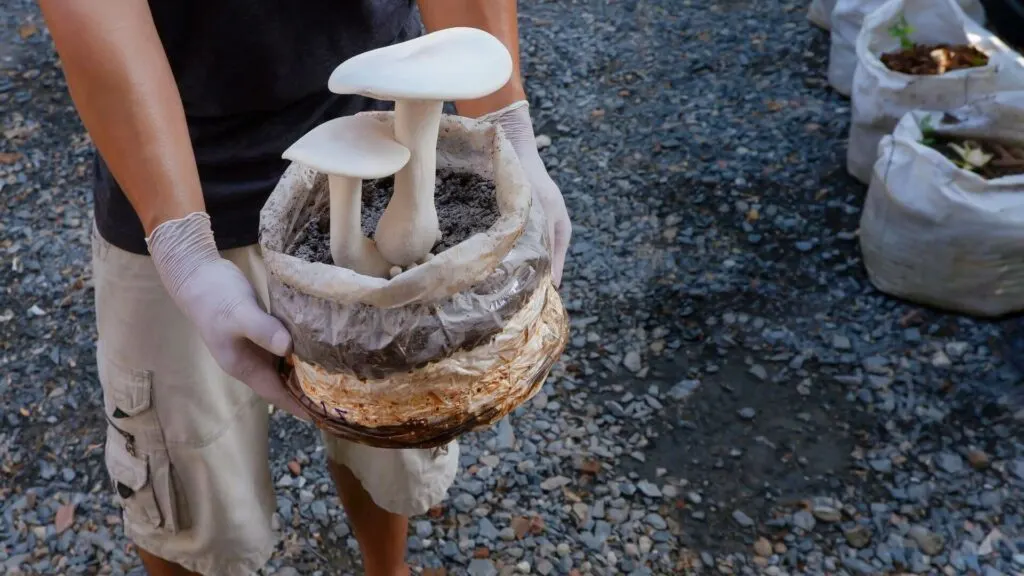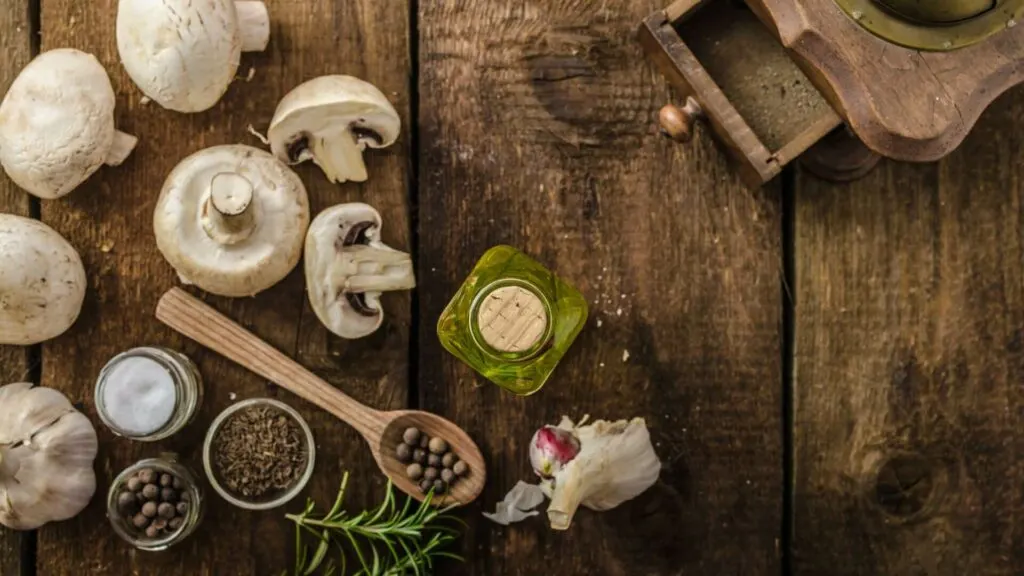Growing your own mushrooms has become a popular pastime for many gardeners. Not only does it provide lively conversation when entertaining guests, but you can also reap the rewards of harvesting unique, nutritionally packed mushrooms that taste fresher and better than anything from the store. But while the allure of homegrown gourmet fungi is undeniable, it’s important to remember: this isn’t as simple as planting some spores in a box. Understanding the difference between cultivating mushrooms and foraging for wild mushrooms is key. Even experienced mycophiles (mushroom lovers) need to stay on top of proper temperature control, nutritional inputs, moisture levels, and other factors to reap successful crop yields. In this blog post, we’ll dive into the mystery of mushroom cultivation so you too can be a proud purveyor of homegrown fungi!

Introducing Mushrooms
Mushrooms are an ingredient that often divides opinions. Some people love the earthy, savory flavor they bring to a meal, while others can’t stand their spongy texture. Whatever your take on mushrooms is, there’s no denying that they’re a diverse ingredient. From delicate enokis to meaty portobellos, there’s a type of mushroom to suit every taste and culinary purpose. Often categorized by the color of their caps, mushrooms come in a range of shapes, sizes, and flavors. For those intrigued by the possibility of growing their own fresh mushrooms right at home, a mushroom grow kit can be a perfect introduction. These kits provide everything needed to cultivate mushrooms easily, making it an accessible way to start enjoying the freshest mushrooms in your own dishes.
Whether you’re looking to add depth to a stew or create a gourmet pizza topping, mushrooms are a versatile ingredient that should definitely be on your radar. The people from the Monster Mushroom Co note that mushrooms are more than just a flavor addition; they’re also packed with essential vitamins and minerals. It’s no wonder that they’ve become a fan favorite in the health-conscious community!
Understanding the Basics
Understanding the basics of temperature, humidity, and lighting requirements is key for successful mushroom cultivation at home. Temperature plays an important role in mushroom growth, as most species require a specific range to thrive. Most mushrooms prefer lower temperatures of 55-65°F (12-18°C), but some can tolerate higher temperatures up to 75°F (24°C). Humidity levels should be kept high – around 90-95% – to prevent fungi from drying out. Last but not least, some mushroom varieties need light to develop properly. White or blue LED light is best for growing mushrooms indoors as it mimics the moonlight they’d receive outdoors and encourages growth without disturbing their natural cycle.
Preparing the Substrate
The success of your mushroom crop depends on the quality of your substrate – the material mushrooms grow on. Most commonly, this consists of compost made from a combination of organic materials such as straw, grass clippings, and manure. It’s important to ensure that your chosen compost is clean and free from contaminants in order for the fungi to flourish. The type of compost you choose will depend largely on the mushrooms you want to grow and the environment in which they will be grown. If you’re growing mushrooms indoors, straw is an ideal substrate as it’s easy to acquire, light, and relatively inexpensive. On the other hand, if you’re planning to cultivate your crop outdoors, then compost made from manure or grass clippings may be best. Whatever substrate you choose, remember to always wear gloves when handling the compost and keep it covered while not in use.
Spore Inoculation Techniques
Growing mushrooms can be both a fun and rewarding endeavor. However, the process requires some patience, knowledge, and the right techniques. One of the most important techniques is spore inoculation, which refers to the process of introducing mushroom spores to a substrate where they can grow and flourish. There are various techniques available, such as liquid culture, agar dishes, and spore syringes, each with its own advantages and disadvantages. Choosing the best technique for your mushroom variety will depend on factors such as the species, the substrate, and your personal skills and preferences. By carefully considering your options and experimenting with different techniques, you can learn to grow delicious and healthy mushrooms that will delight your taste buds and nourish your body.
Fruiting Your Mushrooms
If you’re growing your own mushrooms, there’s nothing quite like harvesting and curing them for peak flavor. So how do you know when to pick your mushrooms? Look for the veil to break, indicating that the gills are exposed. From there, gently twist and pull the mushroom from the stem, taking care not to damage any neighboring ones. The curing process is equally important for maximizing flavor. After harvesting, spread your mushrooms out in a single layer on a drying rack and let them air dry in a cool and dry place. With some patience and a bit of TLC, you’ll have perfectly ripe and flavorful mushrooms to enjoy in all your favorite dishes.

Growing mushrooms at home is a rewarding and fascinating experience. You now have the knowledge to create your own mushroom-growing environment and will be on your way to harvesting some delicious and unique mushrooms in no time. So why not give it a try? You could feel the satisfaction of producing something truly special with just basic knowledge of the different varieties, compost, inoculation techniques, and fruiting that will make all of your wildest mushroom-growing dreams true!

Jessi is the creative mind behind The Coffee Mom, a popular blog that combines parenting advice, travel tips, and a love for all things Disney. As a trusted Disney influencer and passionate storyteller, Jessi’s authentic insights and relatable content resonate with readers worldwide.
